Engine Knock Sensor Based on Symmetrical Rhomboid Structure-Encapsulated Fiber Bragg Grating
Abstract
:1. Introduction
2. Principles
2.1. Principles of FBG Sensing
2.2. Knock Sensor Based on Resonance Principle
3. Structural Design of Automobile Engine Knock Sensor Based on FBG
4. ANSYS Simulation of The Natural Frequency
5. Experiment and Analysis
5.1. Design of the Measuring Device for the Resonance Sensor
5.2. Natural Frequency Data Processing Method of the Resonance Sensor
6. Discussion
7. Conclusions
Author Contributions
Funding
Institutional Review Board Statement
Informed Consent Statement
Data Availability Statement
Conflicts of Interest
References
- Knuutila, L. Blending Strategies and Process Modification for the Future Gasoline Production. Master’s Thesis, Programme in Advance Energy Solutions, Aalto University, Espoo, Finland, 2019. [Google Scholar]
- Kalghatgi, G. Developments in internal combustion engines and implications for combustion science and future transport fuels. Proc. Combust. Inst. 2015, 35, 101–115. [Google Scholar] [CrossRef]
- Chen, L.; Li, T.; Yin, T.; Zheng, B. A predictive model for knock onset in spark-ignition engines with cooled EGR. Energy Convers. Manag. 2014, 87, 946–955. [Google Scholar] [CrossRef]
- Pan, J.; Wei, H.; Shu, G.; Chen, R. Effect of pressure wave disturbance on auto-ignition mode transition and knocking intensity under enclosed conditions. Combust. Flame 2017, 185, 63–74. [Google Scholar] [CrossRef] [Green Version]
- Li, T.; Wu, D.; Xu, M. Thermodynamic analysis of EGR effects on the first and second law efficiencies of a boosted spark-ignited direct-injection gasoline engine. Energy Convers. Manag. 2013, 70, 130–138. [Google Scholar] [CrossRef]
- Wei, H.; Shang, Y.; Chen, C.; Gao, D.; Feng, D. A numerical study on pressure wave-induced end gas auto-ignition near top dead center of a downsized spark ignition engine. Int. J. Hydrogen Energy 2014, 39, 21265–21274. [Google Scholar] [CrossRef]
- Alkidas, A.C. Combustion advancements in gasoline engines. Energy Convers. Manag. 2007, 48, 2751–2761. [Google Scholar] [CrossRef]
- Wang, Z.; Liu, H.; Reitz, R.D. Knocking combustion in spark-ignition engines. Prog. Energy Combust. Sci. 2017, 61, 78–112. [Google Scholar] [CrossRef]
- Dai, P.; Chen, Z.; Gan, X.; Liberman, M.A. Autoignition and detonation development from a hot spot inside a closed chamber: Effects of end wall reflection. Proc. Combust. Inst. 2020, 38, 5905–5913. [Google Scholar] [CrossRef]
- Fitton, J.; Nates, R. Knock erosion in spark-ignition engines. SAE Trans. 1996, 105, 2318–2326. [Google Scholar] [CrossRef]
- Pipitone, E.; D’Acquisto, L. Development of a low-cost piezo film-based knock sensor. Proc. Inst. Mech. Eng. Part D J. Automob. Eng. 2003, 217, 691–699. [Google Scholar] [CrossRef]
- Li, A.; Zheng, Z. Effect of spark ignition timing and water injection temperature on the knock combustion of a GDI engine. Energies 2020, 13, 4931. [Google Scholar] [CrossRef]
- Wang, C.; Zhang, F.; Wang, E.; Yu, C.; Gao, H.; Liu, B.; Zhao, Z.; Zhao, C. Experimental study on knock suppression of spark-ignition engine fuelled with kerosene via water injection. Appl. Energy 2019, 242, 248–259. [Google Scholar] [CrossRef]
- Zhen, X.; Wang, Y.; Xu, S.; Zhu, Y.; Tao, C.; Xu, T.; Song, M. The engine knock analysis—An overview. Appl. Energy 2012, 92, 628–636. [Google Scholar] [CrossRef]
- Liu, H.; Wang, Z.; Qi, Y.; He, X.; Wang, Y.; Wang, J. Experiment and simulation research on super-knock suppression for highly turbocharged gasoline engines using the fuel of methane. Energy 2019, 182, 511–519. [Google Scholar] [CrossRef]
- Rodríguez-Fernández, J.; Ramos, A.; Barba, J.; Cardenas, D.; Delgado, J. Improving fuel economy and engine performance through gasoline fuel octane rating. Energies 2020, 13, 3499. [Google Scholar] [CrossRef]
- Jiang, C.; Li, Q.; Huang, J.; Bi, S.; Ji, R.; Guo, Q. Single-layer MoS2 mechanical resonant piezo-sensors with high mass sensitivity. ACS Appl. Mater. Interfaces 2020, 12, 41991–41998. [Google Scholar] [CrossRef]
- Li, N.; Yang, J.; Zhou, R.; Wang, Q. Knock detection in spark ignition engines using a nonlinear wavelet transform of the engine cylinder head vibration signal. Meas. Sci. Technol. 2014, 25, 115002. [Google Scholar] [CrossRef]
- Sivabalakrishnan, R.; Jegadheesan, C.; Li, Z.; Sha, Z. Study of knocking effect in compression ignition engine with hydrogen as a secondary fuel. Chin. J. Eng. 2014, 2014, 1–8. [Google Scholar] [CrossRef] [Green Version]
- Benjamín, P.; Pau, B.; Irina, J.; Carlos, G. Increasing knock detection sensitivity by combining knock sensor signal with a control oriented combustion model. Mech. Syst. Signal Process. 2022, 168, 108665. [Google Scholar] [CrossRef]
- Yang, Z.; Rong, H.; Wong, P.; Angelov, P.; Vong, C.; Chiu, C.; Yang, Z. A Novel Multiple Feature-Based Engine Knock Detection System using Sparse Bayesian Extreme Learning Machine. Cognit. Comput. 2022, 1–24. [Google Scholar] [CrossRef]
- Bares, P.; Selmanaj, D.; Guardiola, C.; Onder, C. A new knock event definition for knock detection and control optimization. Appl. Therm. Eng. 2018, 131, 80–88. [Google Scholar] [CrossRef]
- Pla, B.; De La Morena, J.; Bares, P.; Jiménez, I. Knock Analysis in the Crank Angle Domain for Low-Knocking Cycles Detection; Technical Paper; SAE International: Warrendale, PA, USA, 2020. [Google Scholar] [CrossRef]
- Novella, R.; Pla, B.; Bares, P.; Jiménez, I. Acoustic characterization of combustion chaambers in reciprocating engines: An application for low knocking cycles recognition. Int. J. Engine Res. 2020, 23, 120–131. [Google Scholar] [CrossRef]
- Tang, Q.; Duan, X.; Liu, Y.; Li, S.; Zhao, Z.; Ren, K.; Li, Y.; Chang, H. Experimental study the effects of acetone–butanol–ethanol (ABE), spark timing and lambda on the performance and emissions characteristics of a high-speed si engine. Fuel 2020, 279, 118499. [Google Scholar] [CrossRef]
- Daniel, R.; Tian, G.; Xu, H.; Shuai, S. Ignition timing sensitivities of oxygenated biofuels compared to gasoline in a direct-injection SI engine. Fuel 2012, 99, 72–82. [Google Scholar] [CrossRef]
- Napolitano, P.; Alfe, M.; Guido, C.; Gargiulo, V.; Fraioli, V.; Beatrice, C. Particle emissions from a HD SI gas engine fueled with LPG and CNG. Fuel 2020, 269, 117439. [Google Scholar] [CrossRef]
- Wei, H.; Zhang, R.; Chen, L.; Pan, J.; Wang, X. Effects of high ignition energy on lean combustion characteristics of natural gas using an optical engine with a high compression ratio. Energy 2021, 223, 120053. [Google Scholar] [CrossRef]
- Sahoo, S.; Srivastava, D. Effect of compression ratio on engine knock, performance, combustion and emission characteristics of a bi-fuel CNG engine. Energy 2021, 233, 121144. [Google Scholar] [CrossRef]
- Mohapatra, A.; Talukdar, J.; Mishra, T.; Anand, S.; Jaiswal, A.; Khanna, A.; Gupta, D. Fiber Bragg grating sensors driven structural health monitoring by using multimedia-enabled iot and big data technology. Multimed. Tools Appl. 2022, 1–21. [Google Scholar] [CrossRef]
- Flores-Bravo, J.A.; Madrigal, J.; Zubia, J.; Sales, S.; Villatoro, J. Coupled-core fiber Bragg gratings for low-cost sensing. Sci. Rep. 2022, 12, 1280. [Google Scholar] [CrossRef]
- Nan, Y.-G.; Yazd, N.S.; Chapalo, I.; Chah, K.; Hu, X.; Megret, P. Properties of Fiber Bragg Grating in CYTOP Fiber Response to Temperature, Humidity, and Strain Using Factorial Design. Sensors 2022, 22, 1934. [Google Scholar] [CrossRef]
- Pan, W.; Tang, W.; Zhou, W. Fiber Bragg grating strain sensor for smart structures. SPIE 1996, 2895, 166–170. [Google Scholar] [CrossRef]
- Rao, Y.J. Recent progress in long-period fiber grating sensors written by high-frequency CO2 laser pulses. Adv. Sens. Syst. Appl. II 2005, 5634, 1–9. [Google Scholar] [CrossRef]
- Pla, B.; Bares, P.; Jimenez, I.; Guardiola, C.; Zhang, Y.; Shen, T. A fuzzy logic map-based knock control for spark ignition engines. Appl. Energy 2020, 280, 116036. [Google Scholar] [CrossRef]

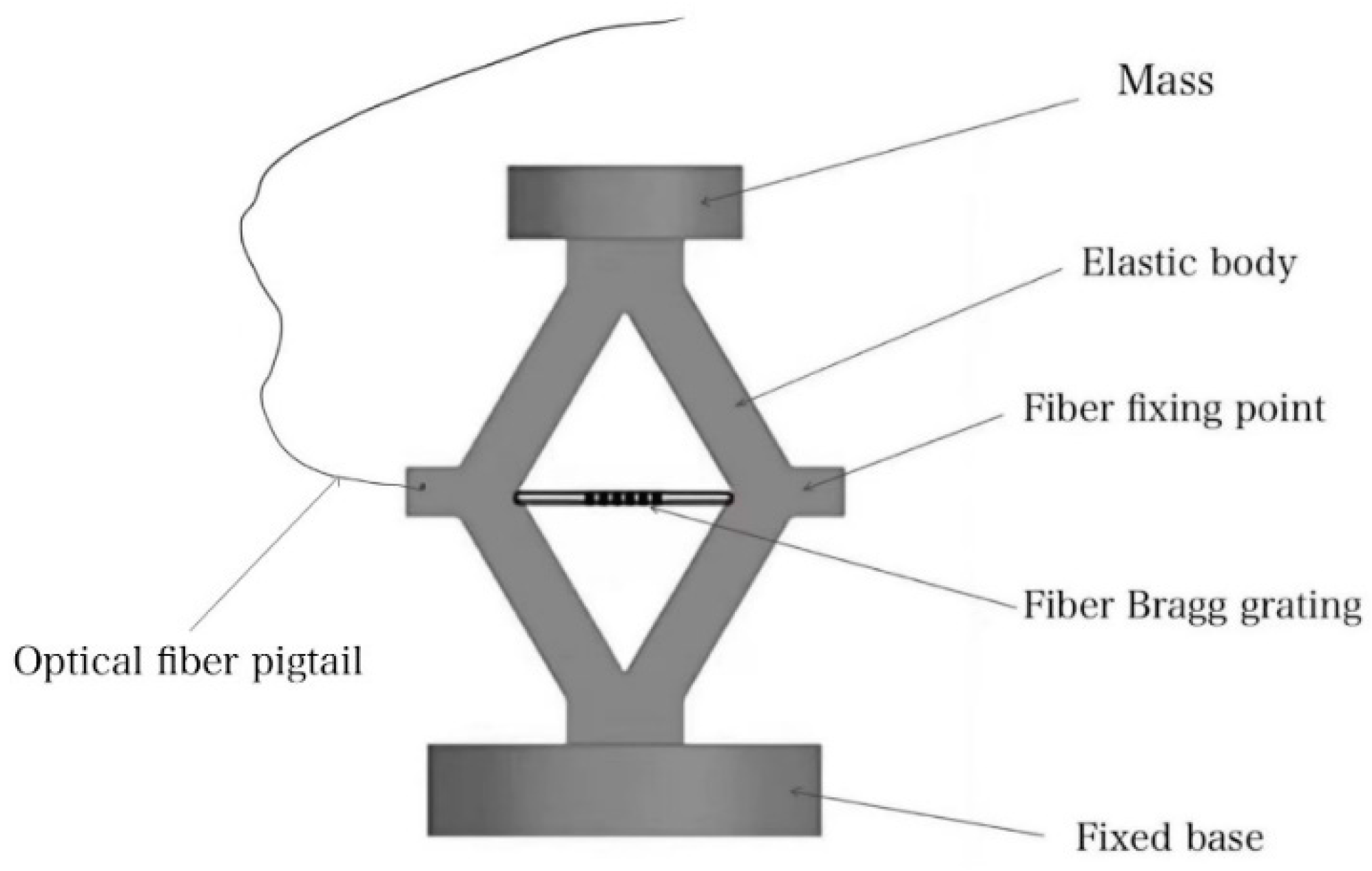
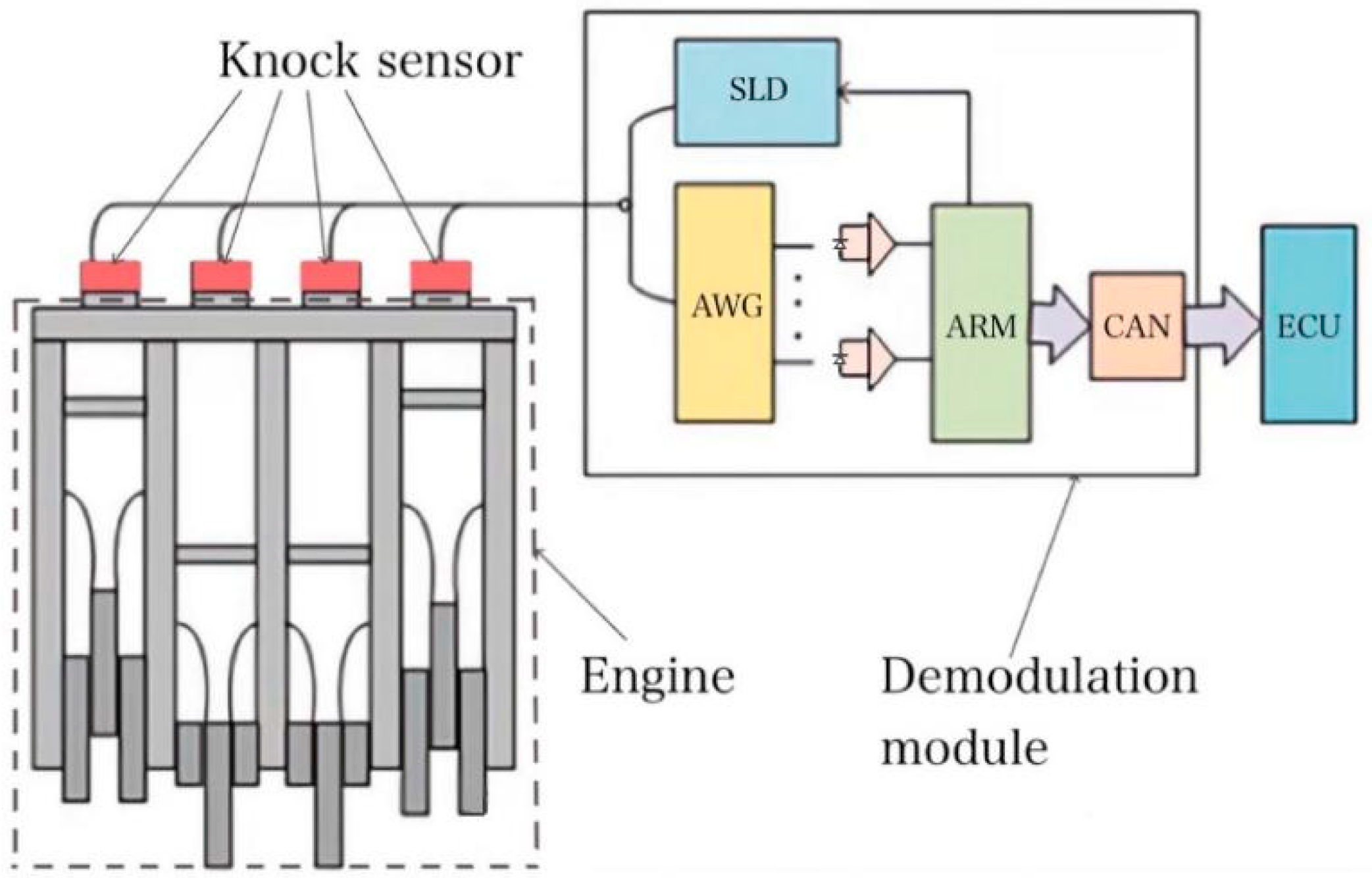
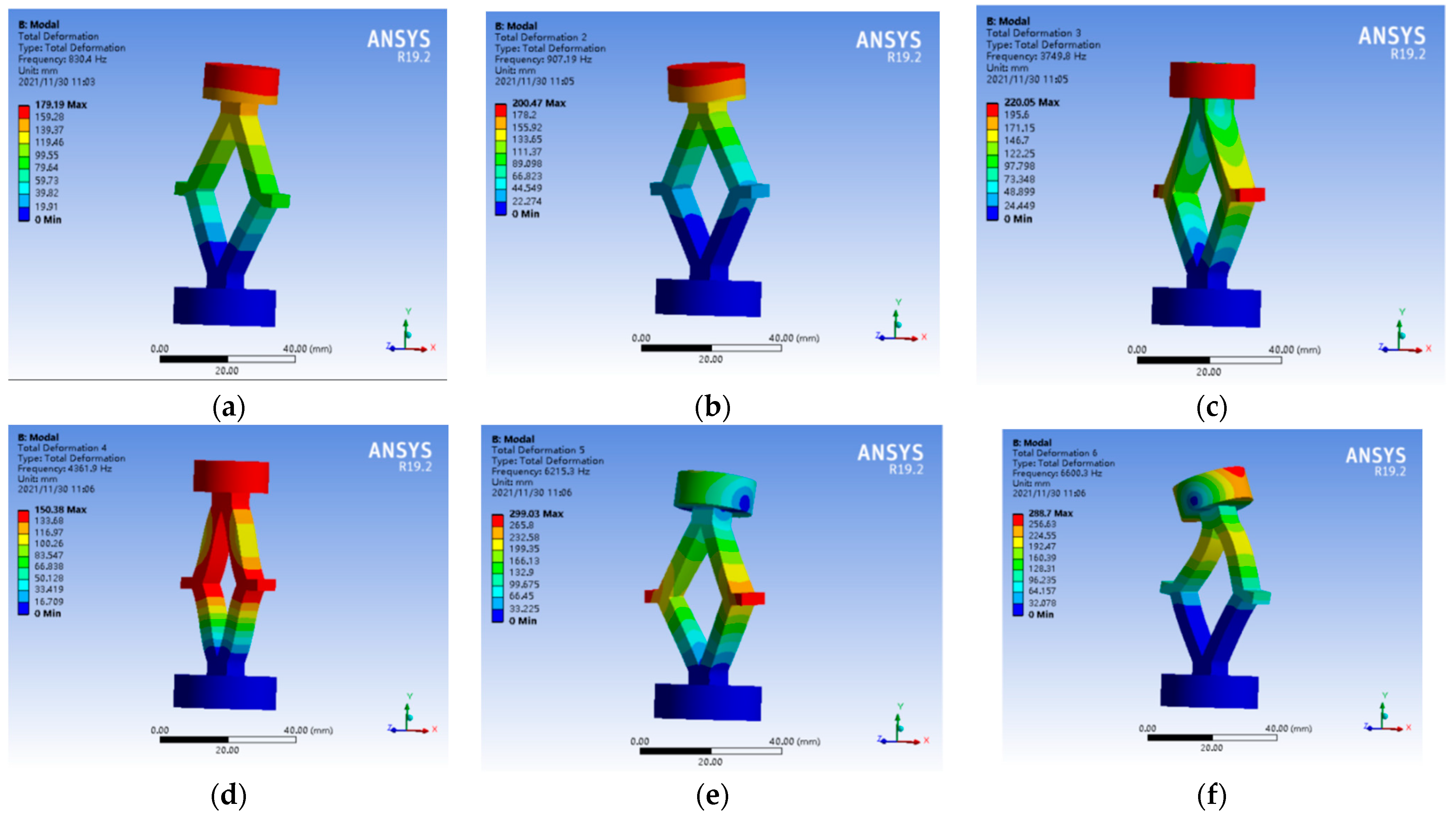

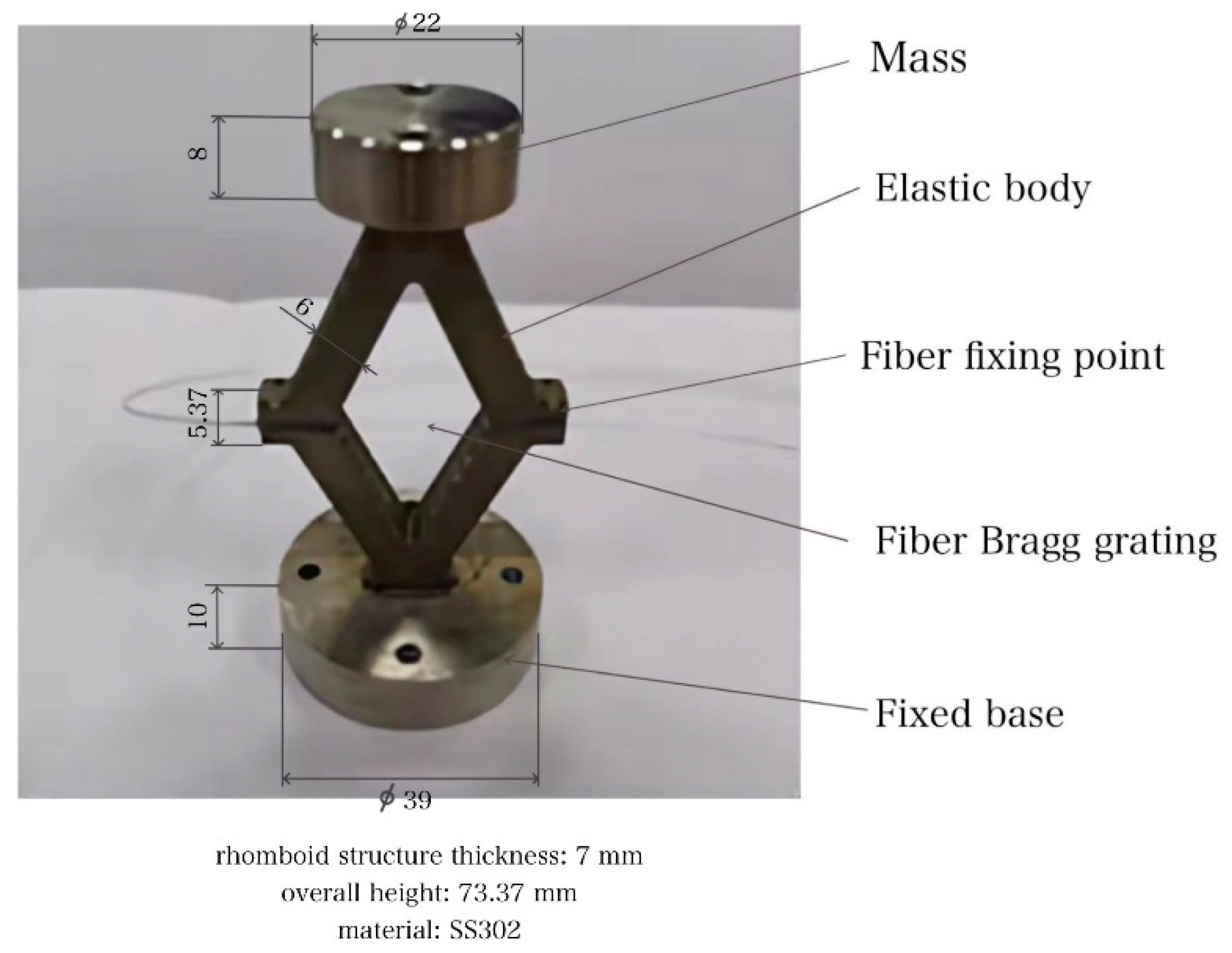

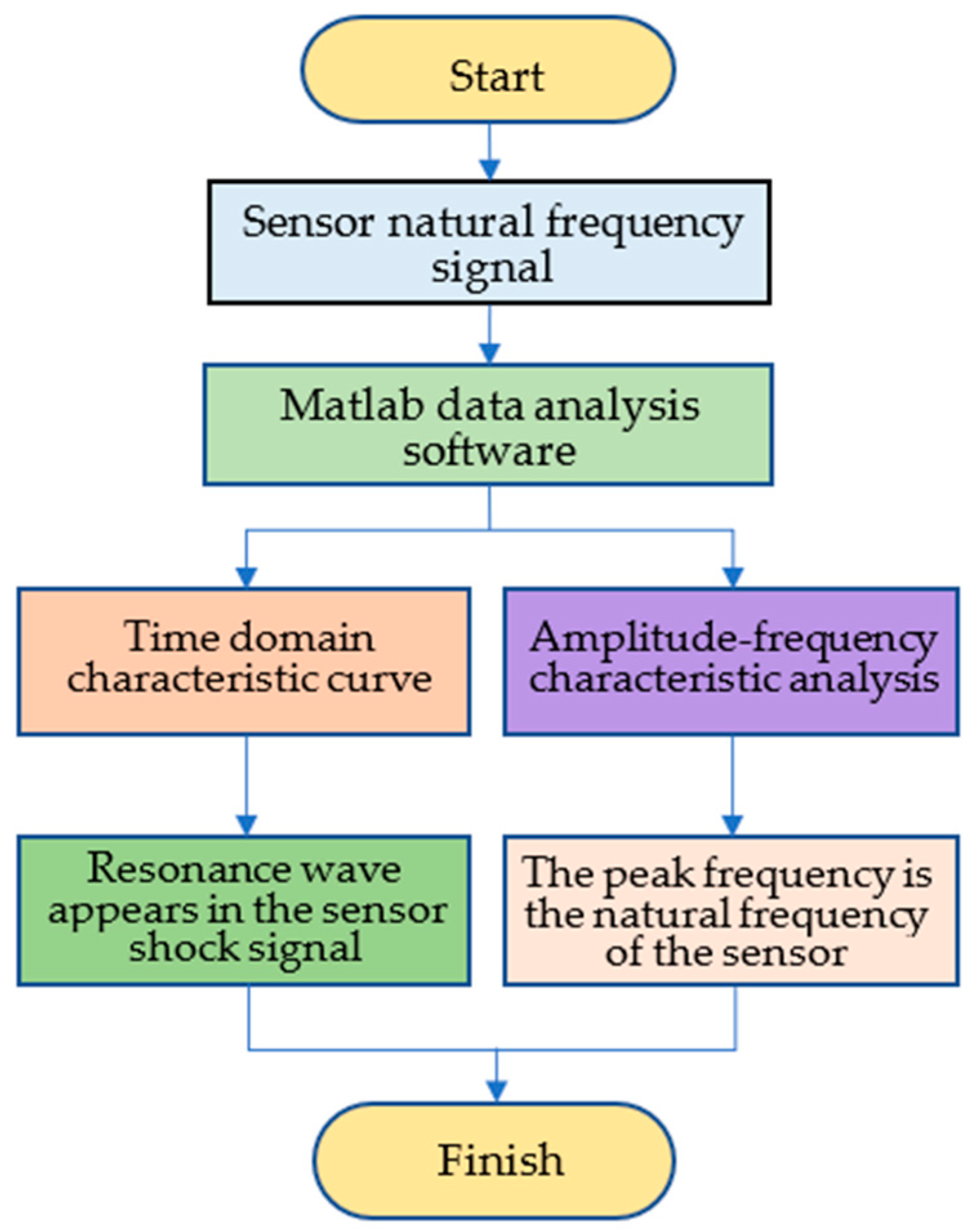
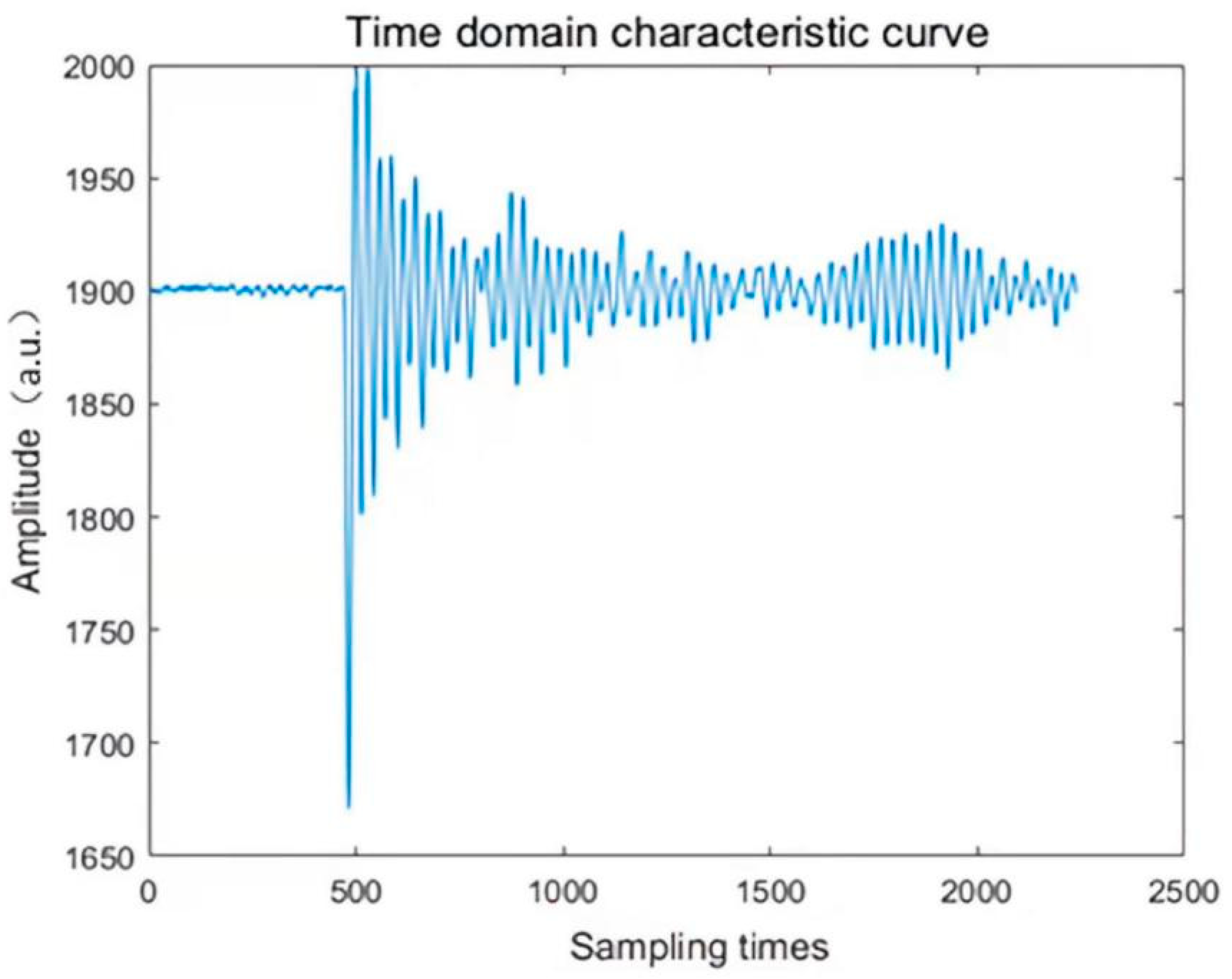
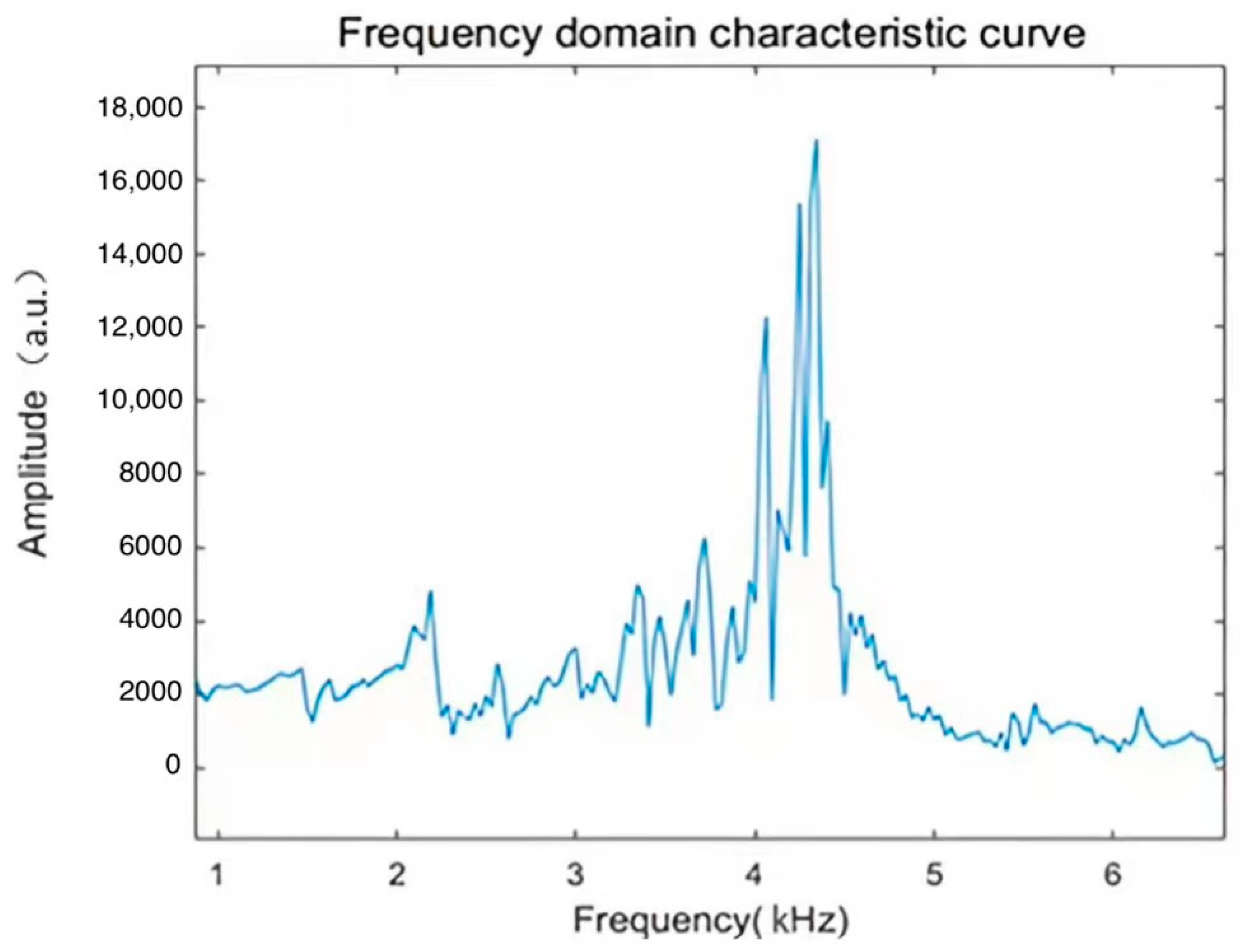
Publisher’s Note: MDPI stays neutral with regard to jurisdictional claims in published maps and institutional affiliations. |
© 2022 by the authors. Licensee MDPI, Basel, Switzerland. This article is an open access article distributed under the terms and conditions of the Creative Commons Attribution (CC BY) license (https://creativecommons.org/licenses/by/4.0/).
Share and Cite
Song, H.; Yin, D. Engine Knock Sensor Based on Symmetrical Rhomboid Structure-Encapsulated Fiber Bragg Grating. Symmetry 2022, 14, 711. https://doi.org/10.3390/sym14040711
Song H, Yin D. Engine Knock Sensor Based on Symmetrical Rhomboid Structure-Encapsulated Fiber Bragg Grating. Symmetry. 2022; 14(4):711. https://doi.org/10.3390/sym14040711
Chicago/Turabian StyleSong, Hongbo, and Daqing Yin. 2022. "Engine Knock Sensor Based on Symmetrical Rhomboid Structure-Encapsulated Fiber Bragg Grating" Symmetry 14, no. 4: 711. https://doi.org/10.3390/sym14040711




